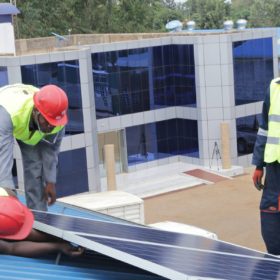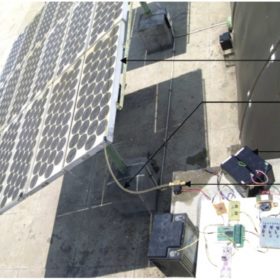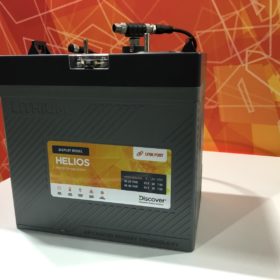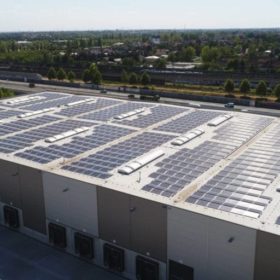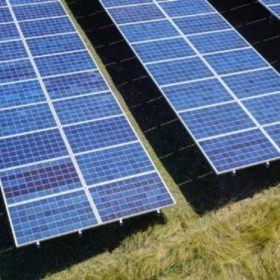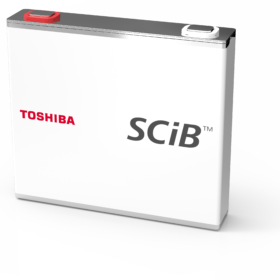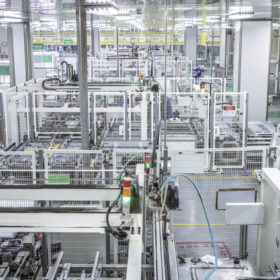Funding boost for 5B’s solar installation robots
Sydney-based 5B has launched a AUD 33.4 million ($24 million) tech innovation program, including a AUD 14 million grant from the Australian Renewable Energy Agency, to accelerate the delivery of low-cost solar. Most of the investment is portioned off for an advanced manufacturing pilot line, but about one-third of the available funds will be used to deliver GPS-guided solar deployment robots.
Eurazeo acquires 80% stake in Ikaros Solar
Through this operation, the French investment firm wants to help Ikaros Solar further develop its 300MW solar project pipeline.
Best fire safety practices for rooftop PV systems
Compiled by an international research group, the best practices were collected from all available guidelines published by national agencies, regulatory bodies, and trade associations.
Spraying water system for solar module cooling
A British-Indian research group has developed an active cooling technique that is claimed to improve a PV system’s yield by around 0.5%. The system could be used in residential solar arrays and the water heated by the PV modules may be fed into a solar water heating system.
Discover Battery unveils lithium ferro-phosphate battery for off-grid solar, tiny homes
At Intersolar North America in California, Canada-based Discover Battery has launched the Helios energy storage system, an LFP battery designed to operate in remote conditions.
Germany’s second rooftop PV tender concludes with average price of €0.0743/kWh
The procurement exercise’s final prices ranged between €0.0570 and €0.0828 per kWh.
India expands domestic content rules for open-access, net-metering PV projects
The Indian government has ruled that only solar products and companies on the Approved List of Models and Manufacturers will be eligible for open-access and net-metering projects, in addition to government-backed installations. This includes arrays set up to sell electricity to the government under Section 63 of the Electricity Act, 2003. The amendment will apply to projects that request open access or net metering from April 1, 2022.
Toshiba launches 20Ah rechargeable lithium-ion battery
Toshiba has developed a battery that can be used with PV modules, with a design that charges and discharges at high currents. The new 20Ah-HP SCiB product has a rated capacity of 20Ah, a nominal voltage of 2.3V, and an input power of 1,900W. It measures 116 mm x 22 mm x 106 mm and weighs 545 grams.
Chinese PV Industry Brief: JinkoSolar announces Jiangxi Jinko’s IPO pricing
Jiangxi Jinko plans to issue 2 billion shares at RMB5.00 per share and expects to raise net proceeds of around RMB 10.0 million. Solar manufacturer Solargiga said it expects a 17% revenue growth for 2021.
Micro-inverter for high-power solar panels from Hoymiles
The device has a 4-in-1 design, which means it can be connected with four solar panels with a power output of up to 625 W each, through four independent connections. The output of each panel is tracked and converted individually. According to the Chinese manufacturer, the micro-inverter can ensure savings of up to 50% due to the lower number of devices and cables needed.


